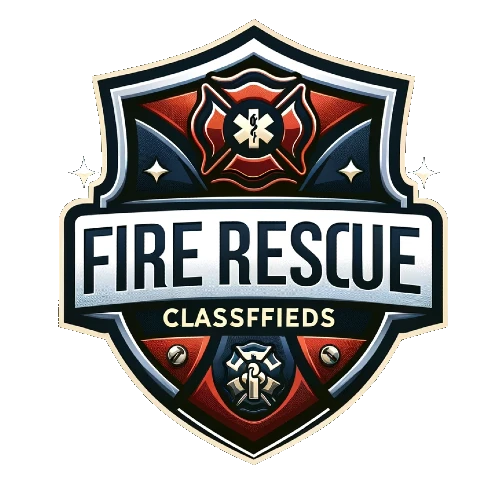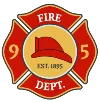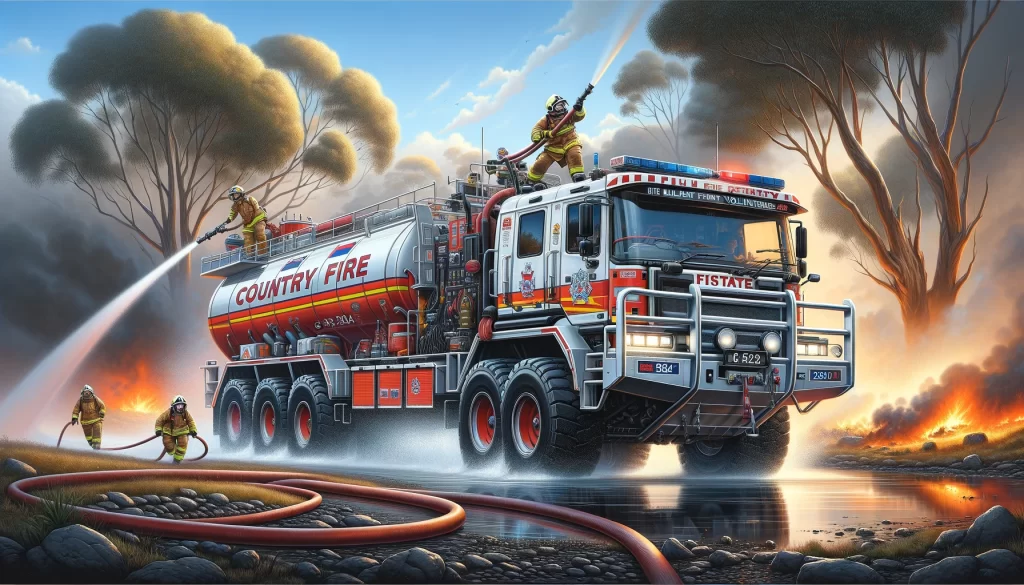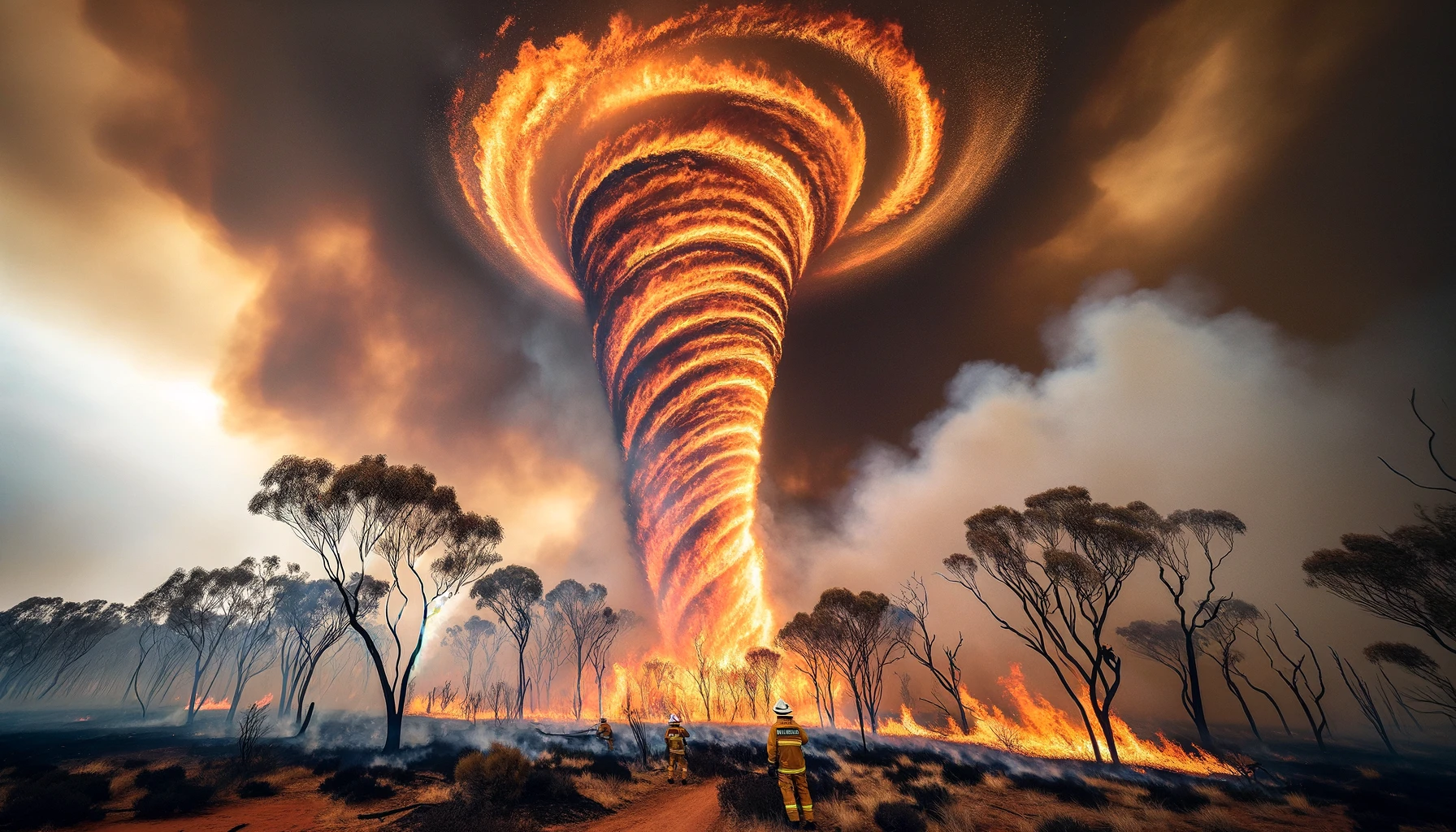Now Reading: Day in the Life of a Firefighter Australia
- 01
Day in the Life of a Firefighter Australia
Day in the Life of a Firefighter Australia

Every public firefighting organisation had a recruit firefighter program. This varied from ten to twenty-five weeks of training. A day in the life of a firefighter in Australia not only allowed me to do emergency response but do things like how to put out a fire. These days it is only part of the overall recruit course. The following is a day in the life of a firefighter Australia; it always feels great being part of the change happening to many lives. First is life as a firefighter. First, in 1978 I became a volunteer firefighter, but after knowing that people get paid to put fires out, and they also did stuff that I thought was pretty mind-blowing to me.
I lastly became a career firefighter in 1994.
Although I had been doing it as a volunteer firefighter, naturally, the type of training program was a new experience. It was intense and at times physically absurd and creating personal achievement that I had only felt, some years before whilst in the army. Our training instructors would speak about the greatest personal counts of courage and stupidity from their time in the field.
There was perfect silence, we recruits listened, and we knew we had faces at some point, which would require knowledge, discipline, and dedication to perform our jobs effectively and safely because our instructors did sometimes under dangerous conditions. The drill we did test our resolve time, after time fires were set alight outside, using wood pallets and the like. They were designed to place us in conditions we could expect to find ourselves into if we were at our first house fire. It was a little too real at times, and our helmets would be molten, scolding any skin that somehow became exposed to the flames. Modern training facilities are a little better controlled today, but they remain very real too.
After a few weeks, we were starting to do some hot fire drills.
With BA’s so we could get close to the fire and conduct a search through the smoke, a buddy and I were told to go into a single story structure to conduct a search and extinguished the fire. Once we entered through the door, hose ready I realized it was easier to see than what I had in my mind. We could see the fire burning nicely in the corner of a room just down a passage and to the right. The heat was pretty intense but we stayed low as per the instructions and were able to move right up to the fire. I thought great, lets put this thing out and save the day.
So I went for it and opened up the nozzle and bingo
the environment inside the room turned to absolute crap. We couldn’t see an inch in front of our mask and my neck was burning like hell. At the time we didn’t wear a flash hood, the purpose of the flash hood is to protect the skin around the back of the neck and ears from the effects of heat exposure. I hit the floor, and things got a little better for me and my buddy then I remember being hit with absolute fear and the want to get out and save my life. Maybe this was it, would my career come to an end right here or was it a personal test to see if I had what it took to be a firefighter I held my breath for a short time, maybe 5 seconds and then took 3 very large breaths thinking to my self that surely the instructors aren’t trying to kill us.
Training And Life
This was a time of learning and life firefighting. Why did I take the three deep breaths? Why did I need to smash the back? Well Jack and I survived the event and discovered, after receiving some minor first aid, that one litre of water grows 1700 times over in weight when turned into steam and that is why we lost visibility and turned the room into a sauna! Some years later I saw one of my colleagues pushed quite an extensive distance down the hundred foot passageway. But it turned out to be a steam explosion. He may stay to tell the truth, but he was really fortunate that night, while hitting back in the dormitory for some well-earned sleep. I was thinking, why did I use the three large breaths. How could I provide me back to Reality with that and manage me? How can I then deal with the problem, do a main survey, and report back to operator evil in the entrance doorway?
“My mind moved to a time in the army when we were being tested during a battle efficiency test.”
A 15km forced march in full battle gear. The day before the test our officers hyped us up to get ready for what was a pretty difficult test. Many soldiers had great difficulty making the grade and getting through the whole course, which reflected poorly on the officers. About 6 km into the test a couple of soldiers started struggling which was seen by our leaders as weaknesses. Specially considering that we had been training for weeks to be ready for this day. Another soldier called Tom and myself took pride for our fitness.
We wanted everyone to get through so we carried the heavy weapons. Somehow that earned us a few browny points with our officers also. At the 12km point, my forced marching up a steep incline, that seemed to go on forever, I began to feel like I had nothing left to give. The situation went around and around in my head “why did I choose to take the heavy weapon?” “Was I going to let my mates down and the rest of the team?” The officer who seemed to enjoy the way I had performed over the last few months and had said during my performance review at the 3rd month review he expected much from me must have noticed. He looked me in the eye and said “soldier you have the ability to push through and achieve great things. Don’t give up now; pain is weakness leaving the body – if you stop now I will take your weapon and stick it where the sun don’t shine”.
He continued “take three deep breaths and think about what your doing now not whats 100m up the road”.
My first real introduction to mindfulness. With that, I did what he said. I took the biggest three breaths I could under the circumstances. Myself said “you can do this – you are better than this”. It was then that an overwhelming sense of purpose and drive took over. I moved back in to formation and pushed through. Somehow the three deep breaths and positive self-talk had re-centred my mind and redirected my actions. At the 14.5km point, a soldier collapsed of exhaustion, so Tom and I took it in turns carrying him with full gear. To the finish line where we all needed to qualify by shooting a number of small targets. Everybody qualified and the commanding officer of our unit commended our leaders on the achievement.”
Back to reality:
As I lay there in the dormitory I had a light bulb moment while considering what had happened while firefighting. The three breaths were the link to reducing confusion, often caused by adrenaline surging through the body, and allowed focused thought when the proverbial ‘shit hit the fan’.
Whether the breaths were a result of my military training or something deeper within my mind. It just happened and allowed me to function in a manner expected by my organisation and the community that I would later be protecting.
What if I could control this in less critical situations? Would it help with control and performance? Well, the answer is yes. Over the years after recruits, I researched and developed that skill by using meditation, reading and observing good leaders. This helped me focus on a given task, priorities and move onto the next task.
The military calls it ‘front site focus’ and it does work. Instead of trying to do multiple tasks at once, if you select them in order of priority. Complete one at a time then move to the next you will achieve far more in less time.
Leaders and flexibility
As a leader sometimes priorities change so you need flexibility. A method of considering and re-prioritising of tasks as you move through them. During house fires, we search one room at a time and unless there are other critical factors. You may already know which room the casualty is in, we start the search nearest the fire to remove the most vulnerable first.
Goals, strategies and tasking are important factors for every organisation but even more important for the leader. Even though, they may be primarily focused on small to medium outcomes they provide a structure and pathway to completion.
How many times in modern work life do we allow ourselves to be distracted by checking emails or Facebook? The beeps that notify us that there is another message in our inbox are a barrier to focusing on the job at hand. Unless you are waiting for a critical email or post, ‘turn them off’ you will get so much more done.
A common attribute of a good leader is the ability to focus on the macro goals, even under high levels of stress.
Career firefighters life range widely in abilities, both physical and mental, but they have one thing in common, they all start with the same training which builds a bond with an ultimate goal to protect life and property (in that order). Every day is different and most of all a day in the life of a firefighter (Australia) is rewarding.
Back to the reality.
As I lay there in the dormitory I had a light bulb moment. What had happened while I was fighting fires? The three breaths were the link to reducing confusion – often caused by adrenaline surging through the body – and allowed focused thought when the proverbial ‘shit hit the fan’. Whether they were a result of military training or something deeper within my mind, it just happened and still allowed me to function in a manner expected by my organisation and the community that I would later be protecting.
What if I could control this in less critical situations?
Would it help with control and performance? Well, the answer is yes. Over the years after to my recruits. I researched and developed that skill time after time in meditation, reading and observing good leaders. This allowed me to focus on the given task, priorities and move onto the next task. The military calls it ‘front site focus’ and it works. It worked because instead of trying to do multiple tasks at once.
I selected them in order of priority. I would complete one at a time then move onto the next and achieve far more in doing so and in much less time. As a leader sometimes priorities change you would need to have flexibility. A method of considering and re-prioritising of tasks as you move through them. I searched one room at a time during house fires unless other critical factors. You may already know which room the casualty is in times, we started the search nearest the fire to remove the most vulnerable first.
Everyone must know their goals
Strategies and tasking is important for every organisation, even more important for the leader. They might be primarily focused on small to medium outcomes but provide a structure and pathway to achieving the ultimate goal. How many times do we get distracted in modern work life by checking emails or Facebook? The beeps that notify us have a barrier to focusing on the job at hand. Unless you are waiting for a critical email or post, ‘turn them off’ you will get so much more done. A common attribute of a good leader is the ability to focus on the macro goal, even under high levels of stress.
Conclusion
Career firefighters life range widely in abilities, both physical and mental, but they have one thing in common, they all start with the same training. The same training creates a bond with one ultimate goal – protect life and property . Every day is different and most of all a day in the life of a firefighter.. A day on the hose is rewarding.































Pingback: Which Action Camera is Best in 2022 - Fire Rescue & Industrial Equipment